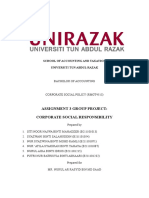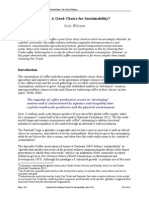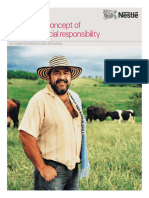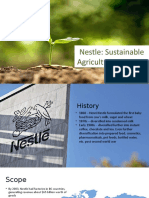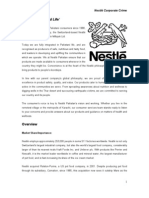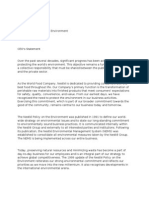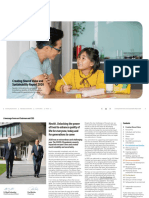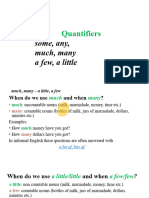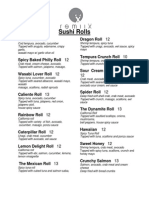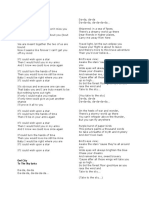0% found this document useful (0 votes)
123 views6 pagesNescafé's Value Chain Impact
Nescafé creates value in its supply chain by working with farmers to improve coffee quality and farming practices. It invests in farmer training, develops disease-resistant coffee plants, and aims to source 54% of coffee sustainably by 2020. This benefits farmers through higher incomes and communities by preserving agriculture. The strategy creates shared value for Nestlé, farmers, and society by respecting people and the environment.
Uploaded by
Mildred NaviaCopyright
© © All Rights Reserved
We take content rights seriously. If you suspect this is your content, claim it here.
Available Formats
Download as DOCX, PDF, TXT or read online on Scribd
0% found this document useful (0 votes)
123 views6 pagesNescafé's Value Chain Impact
Nescafé creates value in its supply chain by working with farmers to improve coffee quality and farming practices. It invests in farmer training, develops disease-resistant coffee plants, and aims to source 54% of coffee sustainably by 2020. This benefits farmers through higher incomes and communities by preserving agriculture. The strategy creates shared value for Nestlé, farmers, and society by respecting people and the environment.
Uploaded by
Mildred NaviaCopyright
© © All Rights Reserved
We take content rights seriously. If you suspect this is your content, claim it here.
Available Formats
Download as DOCX, PDF, TXT or read online on Scribd
/ 6









